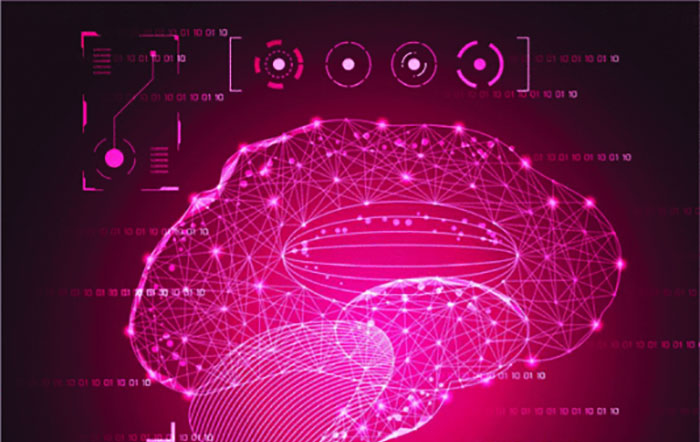
Prostheses provide a means for individuals with amputations to regain some of the lost functions of their amputated limb. Human-machine interfaces (HMIs), used for controlling prosthetic devices, play a critical role in users' experiences with prostheses. This review article provides an overview of the HMIs commonly adopted for upper-limb prosthesis control and inspects collected signals and their processing methods.
Prostheses provide a means for individuals with amputations to regain some of the lost functions of their amputated limb. Human–machine interfaces (HMIs), used for controlling prosthetic devices, play a critical role in users’ experiences with prostheses. This review article provides an overview of the HMIs commonly adopted for upper-limb prosthesis control and inspects collected signals and their processing methods.
Motivation
In 2005, in just the United States, 1.6 million individuals were living with the loss of a limb, 35% of whom had undergone an amputation of the upper limb [1]. This number is expected to more than double by the year 2050 [1]. Traumatic causes have led to 57.7 million people worldwide living with limb amputations [2]. Amputations drastically affect an individual’s personal autonomy and degrade the quality of his or her daily life [3].

